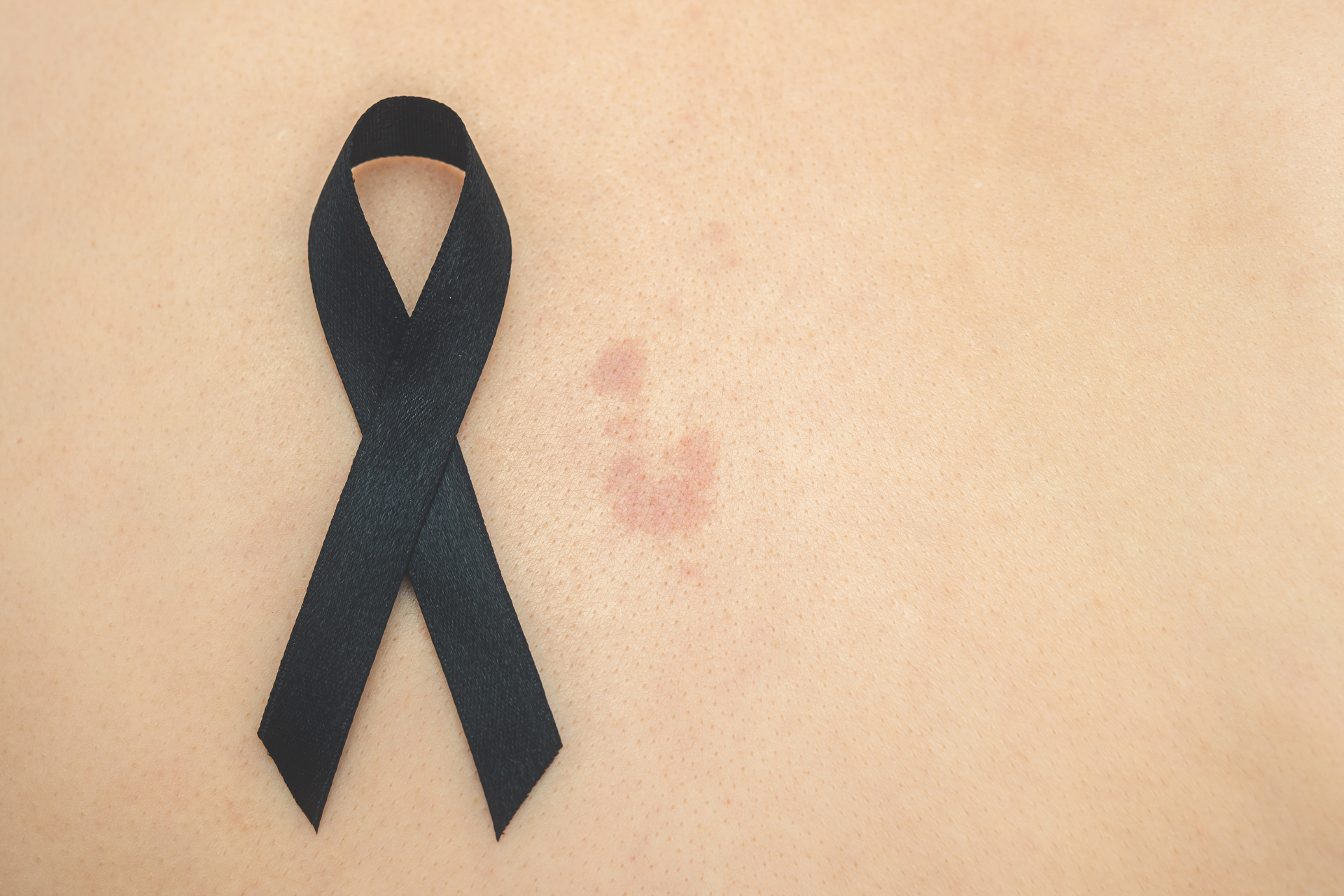Skin Cancer Awareness: Signs, Symptoms, and Prevention

At Fall Creek Skin and Health Clinic, we believe that awareness is the first step toward prevention, especially when it comes to skin cancer. As one of the most common types of cancer in the United States, skin cancer can affect anyone, regardless of age or skin tone. Understanding the signs and symptoms of skin cancer, as well as the preventive measures you can take, is essential for protecting yourself and your loved ones.
Understanding Skin Cancer
Skin cancer primarily occurs when the skin's cells begin to mutate, often as a result of excessive exposure to ultraviolet (UV) radiation from the sun or tanning beds. The three most common types of skin cancer are:
1. Basal Cell Carcinoma (BCC)
The most prevalent form, BCC usually appears as a small, shiny bump or a flat, pale patch. It is commonly found on sun-exposed areas of the body.
2. Squamous Cell Carcinoma (SCC)
SCC often presents as a firm, red nodule or a flat lesion with a scaly, crusted surface. This type can also develop on sun-exposed skin.
3. Melanoma
Although less common, melanoma is the most dangerous type of skin cancer. It typically appears as a new mole or a change in an existing mole, with uneven borders and multiple colors.
Recognizing the Signs and Symptoms
Monitoring your skin regularly is one of the best defenses against skin cancer. Look for the following signs and symptoms:
- New Growths
Any new mole or growth on your skin that appears suddenly should be evaluated by a professional.
- Changes in Existing Moles
Pay attention to moles that change in size, shape, or color. The ABCDE rule can be helpful:
- Asymmetry – One half of the mole doesn't match the other.
- Border – Irregular, scalloped, or poorly defined edges.
- Color – Varied colors (brown, black, tan, red, white, or blue).
- Diameter – A mole that is larger than 6mm (about the size of a pencil eraser).
- Evolving – Any change in size, shape, or color over time.
If you notice any of these signs, please make an appointment at Fall Creek Skin and Health Clinic for a professional evaluation.
Prevention is Key
Preventing skin cancer starts with adopting healthy habits that protect your skin:
1. Use Sunscreen
Apply a broad-spectrum sunscreen with an SPF of 30 or higher daily, even on cloudy days. Reapply every two hours, or after swimming or sweating.
2. Seek Shade
Whenever possible, stay in the shade, especially during peak sun hours (10 a.m. to 4 p.m.).
3. Wear Protective Clothing
Opt for long sleeves, wide-brimmed hats, and sunglasses with UV protection to shield your skin from the sun.
4. Avoid Tanning Beds
Tanning beds expose your skin to concentrated UV radiation, significantly increasing your risk for skin cancer.
5. Get Regular Skin Checks
Schedule annual skin exams with our team at Fall Creek Skin and Health Clinic to monitor your skin health.
Conclusion
Being informed about the signs, symptoms, and prevention of skin cancer is crucial in the fight against this disease. By adopting healthy practices and regularly monitoring your skin, you can significantly reduce your risk. If you have concerns or notice any changes to your skin, don’t hesitate to contact us at Fall Creek Skin and Health Clinic. Your health is our priority, and together we can work toward a healthier future.




